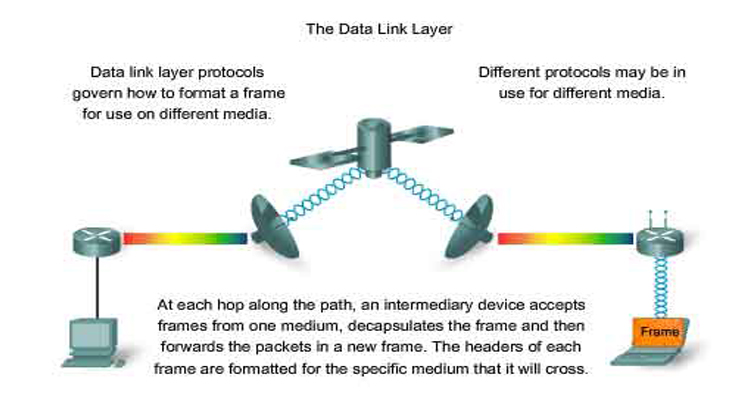Most people surf the internet or watch TV in order to gain insights on how to be fit. The wellness space is always a popular topic for many because health is wealth. Read more about wellness at this link here. Many people believe that everyone only lives once and they should be able to get alternative approaches to better health. This is where a fitness public relations company comes into the scene.
Cybersecurity in the Digital Age: Strategies for Protecting Data and Privacy
Cybersecurity has become more critical than ever in today’s interconnected world, where digital technologies permeate every aspect of our lives. From personal information stored on our devices to sensitive data held by businesses and governments, the threat of cyberattacks looms large, making it imperative for individuals and organizations alike to implement data protection strategies. In … Read more









